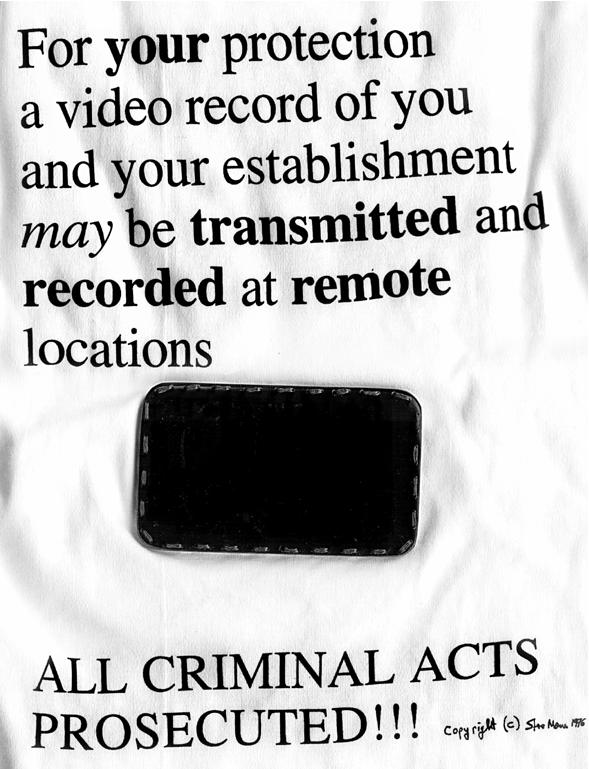Anne talked about Wearable technology, mobile media, Interactive design, and telematics.
She started off talking about wearable technology,
What wearable technology is being used for:
- Health
- Entertainment
- Biometric devices
- High-tech jewelry
- Fashion
- Safety
She gave many examples of wearable technology; Smart fabrics which react to being worn and programmable fabrics to display images. The two that stood out to me the most were the tazor jacket, and the scarf which had the key board and screen and was able to be  a cell phone and everything else. The tazor jacket was memorable because of the reaction of the class in the lecture and the comments after particularly to do with ways it could go wrong. She spoke about Steve Mann creating wearable computers. Wearable computers must be: worn, user controllable, and operate on real time. Steve Mann created a wearable computing group. He also experimented with surveillance camera uses ‘sousurveillance’ wearing surveillance cameras in jewelry or clothing and the how these effects people socially. I found his sweatshirt with a fake but labeled camera on the front the most interesting. This is because it really plays on peoples insecurities and to an extent becomes a psychological experiment. She also talked about Benoit Maubrey and his audio group and his Audio jackets-1982, Audio ballerinas and the audio peacock-2003.
a cell phone and everything else. The tazor jacket was memorable because of the reaction of the class in the lecture and the comments after particularly to do with ways it could go wrong. She spoke about Steve Mann creating wearable computers. Wearable computers must be: worn, user controllable, and operate on real time. Steve Mann created a wearable computing group. He also experimented with surveillance camera uses ‘sousurveillance’ wearing surveillance cameras in jewelry or clothing and the how these effects people socially. I found his sweatshirt with a fake but labeled camera on the front the most interesting. This is because it really plays on peoples insecurities and to an extent becomes a psychological experiment. She also talked about Benoit Maubrey and his audio group and his Audio jackets-1982, Audio ballerinas and the audio peacock-2003.
Anne then talked about mobile technology the most memorable being the cell phone orchestra where music was played through the ring tones on peoples phones.
She talked about interactive installations the Rain Dance(98) and Fire Birds(04) by Paul De Marinis where music is controlled by peoples interaction with the water or the flame. In rain dance when you walk under the water shower with an umbrella you can hear the music.
She showed an instillation where as you walked digital ripples would emanate from you fee those ripples translated seamlessly into a pool of actual water next to the path way.
One of the ‘installations’ I found most awe provoking was the digital stage and costume design. I found it amazing because of the difficulties of sensing the real and projecting the digital that they overcame, and the complex and inventive ways in which they solved the problems.
David Rokeby also did experiments with sensing, and camera tracking. He did an installation with Paul Garrin(a video artist activist) called border control where the camera would track you as you walked by then “shoot you” it had immense shock value. (94-96)
Anne moved on to talk about telematics, Paul Sermon set up interesting installations where people could interact together on screen through cameras though in totally different places. These installations were called telematic dreaming and telematic vision. Telematic dreaming was a bedroom setting where two people interacted. Telematic vision was a living room setting where people would sit on a couch in front of a TV (which displayed the knit together picture) and interact with people sitting in the same setting miles away.
Kit Galloway and Sherrie Rabinowitz danced together on screen while miles apart in 1977.
In 1980 “hole in space” was created where there was a video link between two cities. It was not publicized but within in 3 days people were arranging meeting to see fam ily members etc.
ily members etc.
Nam June Paik organized a live broad cast between San Francisco, New York, and Paris, called ‘good morning ,Mr. Orwell’ it was done in 1984 to show that television has positive uses combating the ‘big vrothr’ fears voiced in George Orwell’s book 1984.
No comments:
Post a Comment